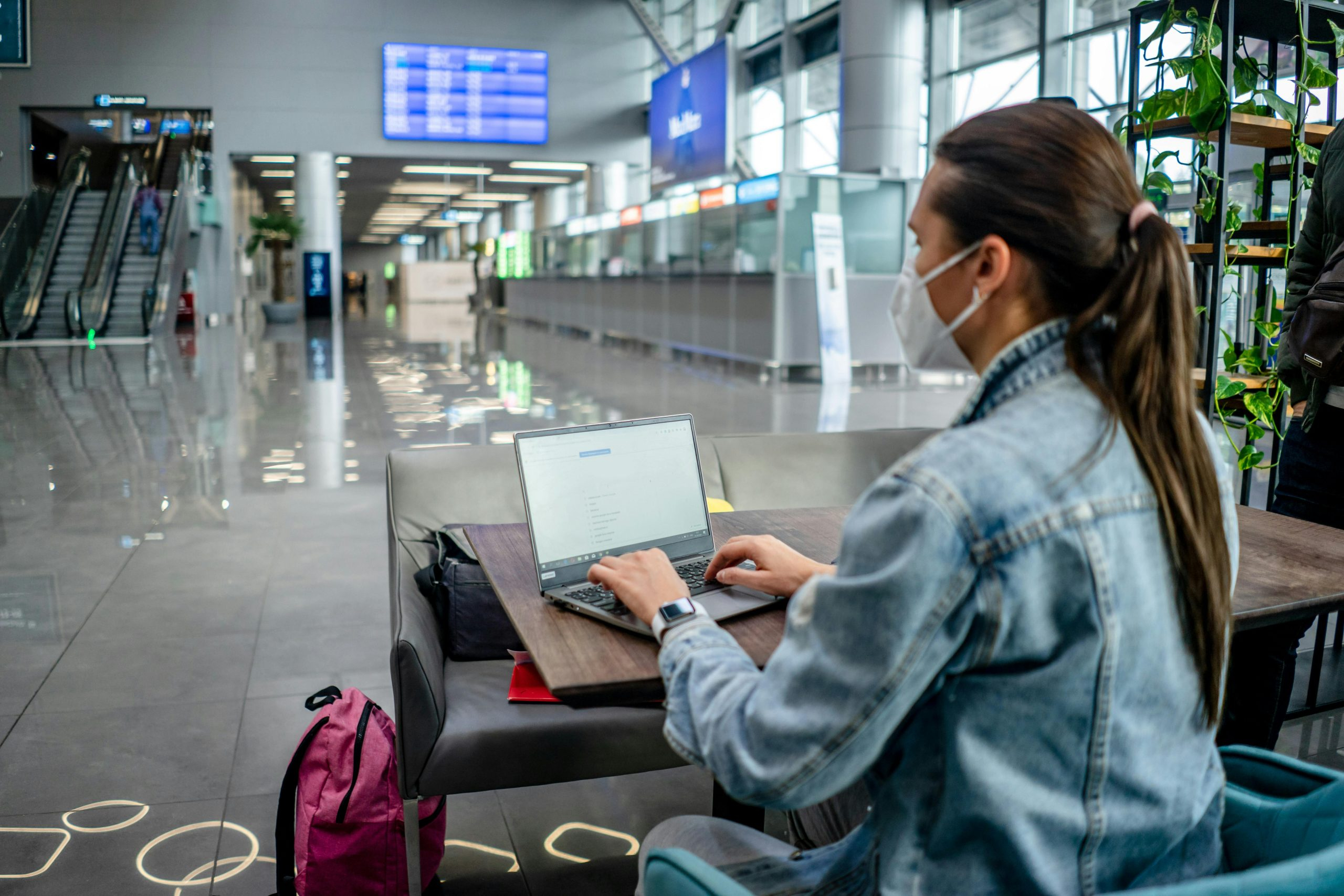Navigating Online Safety in K-12 Settings
Welcome to the digital age, where technology has become an essential part of our daily lives. With the rise of remote learning, students in K-12 settings are spending more time online than ever before. While the internet provides endless opportunities for learning and communication, it also poses significant risks to our children’s safety. As educators and parents, it is crucial to navigate through the virtual world to ensure a safe and secure online experience for our young learners. In this article, we will discuss the importance of online safety in K-12 settings and provide practical tips on how to navigate it effectively.
The Need for Online Safety in K-12 Settings
In today’s digital landscape, children are exposed to various online platforms, such as social media, online gaming, and educational websites. While these platforms have their benefits, they also come with potential dangers. Cyberbullying, online predators, and exposure to inappropriate content are just a few of the risks that students face in the virtual world.
Furthermore, the COVID-19 pandemic has accelerated the use of technology in education, making online safety an even more pressing concern. As students participate in remote learning, they may be more susceptible to online threats without the proper guidance and precautions in place.
5 Tips for Navigating Online Safety in K-12 Settings
1. Educate Students about Online Safety
The first step in navigating online safety in K-12 settings is to educate students about the potential risks and how to stay safe online. Teachers and parents must have open and honest conversations about online safety and establish clear rules and boundaries for internet use.
Topics that should be covered include cyberbullying, internet privacy, sharing personal information, and the importance of reporting any suspicious or harmful online behavior. It is crucial to continuously reinforce these lessons and update them as new online threats emerge.
2. Implement Internet Filtering Tools
Internet filtering software can be an effective tool in helping children avoid exposure to inappropriate content and malicious websites. These tools work by blocking access to specific websites or keywords that may pose a risk to students’ safety. Schools should consider investing in internet filtering software to provide an added layer of protection for their students.
3. Utilize Parental Controls
Parents play an essential role in promoting online safety for their children. It is crucial to monitor and moderate their children’s internet usage, especially for younger students. Parental control tools allow parents to set limits on screen time and filter out content that may be harmful or inappropriate for their child’s age.
4. Encourage Good Digital Citizenship
Teaching students to be responsible digital citizens is essential in promoting online safety. This includes respecting others’ privacy, being cautious about what they share online, and understanding the consequences of their actions. By building a culture of good digital citizenship in K-12 settings, students will be more equipped to navigate the virtual world safely.
5. Stay Up-to-Date with Online Trends and Risks
The digital landscape is constantly evolving, and with it comes new online trends and risks. It is essential to stay informed about the latest technology and online threats to protect our students effectively. Teachers and parents should continuously update their knowledge and seek out resources to stay informed about online safety best practices.
In Conclusion
Navigating online safety in K-12 settings is a responsibility that falls on the shoulders of both educators and parents. It is essential to create a safe and secure environment for our children as they navigate the virtual world. By educating students, implementing internet safety tools, encouraging good digital citizenship, and staying informed, we can help our children reap the benefits of technology while avoiding potential dangers.











